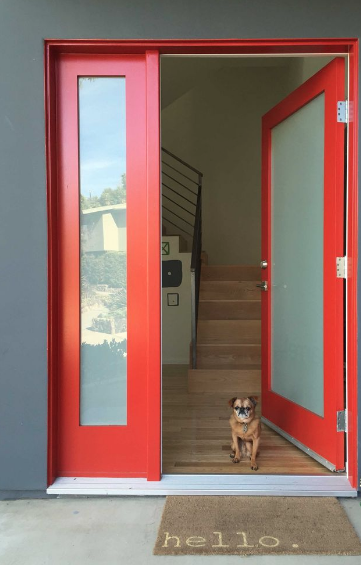
America is growing up and getting older. That isn’t news. Everyone is getting older. Growing up, well, that’s a separate issue for some. America’s demographics are shifting in ways that are creating new trends and revisiting old ones. It is fascinating to explore, the way things change and the way they stay the same throughout generations and across demographics. This week we examined America’s “generations” – what defines them, as well as the particular generations most affecting and predicted to most heavily impact the home buying process in the future.
Demographics are easier to talk about when generalizations are made:
The Greatest Generation – born before 1928, and matured by World War II
The Silent Generation – born between 1928 and 1945, and grew up during the Depression and WWII
Baby Boomer – born between 1946 and 1964, part of a “golden age” that also redefined cultural norms
Generation X – born between 1965 and 1980, experienced stagflation, Vietnam, and Watergate
Millennials – born after 1980, and willing to challenge conventional wisdom and roles
New Millennials – born in the new millennium, have always lived with technology, just entering the workforce.
Without much surprise, The Greatest Generation is the smallest (~ 1.5 million). The youngest are ninety years old. They are taking on the role of elders, and are influencing wealth transfer as they sell houses and define legacies. They’ve also helped establish expectations for elder care, and the variety of assisted living options now available because so few attained their age in previous generations.
Slightly younger, the much larger Silent Generation (~ 28 million) gave birth to the Baby Boom. Though younger, their youngest are approaching their mid-70s. They tend to be healthier longer, live longer, and are retired for longer. They are four times more likely to live in single family homes and are largely driving the desire for single-level living, homes without steps or stairs.
Baby Boomers made a lot of noise because for a long time they were the largest generation. Though their generation is smaller now (~81 million) traditionally, they would be approaching retirement; but those requirements have shifted as they’ve aged. The younger ones were affected by the retraction from lifelong careers and the associated pensions, leaving many working later and in new careers. Their trends are for downsizing (less than 1,900 square feet rather than the median of 2,000 square feet) and picking housing based on being close to their grandkids more than jobs.
Right behind them are the members of Generation X, the generation that could have benefited from more descriptive branding. They came after the Boom, which partly explains they’re a smaller population (~65 million). This is typically the peak production years for most people. Careers are established. Families are settling down. These are the years to cruise and produce; but Generation X was hit by wages that didn’t grow with productivity, slowed by the beginnings of the student debt increases, and then had the Great Recession damage savings, jobs, and housing values – at least temporarily. Financially, they have a greater incentive to stay in place, but they are also investing in fixing and upgrading their existing housing. Their home projects account for 35 percent to 40 percent of home improvement spending.

Millennials are a big thing, partly because they are the biggest generation (~92 million). Partly because there are so many of them this generation is predicted to make a very large impact on the home buying process overall. They are also the most diverse and least tied to traditional work and relationship roles. Conventional wisdom doesn’t work as well with the lifestyles that are chosen and adapted to. Jobs are more likely to be in the Gig Economy. One of the best investments is in education, but rising tuition also means entering the workforce with high levels of student debt. Uncertain income and elevated expenses are encouraging many (~72 percent) to delay typical decisions like family, housing, and saving. As a result of limited starter-home inventory, among other things, they’re more likely to rent for longer periods than the generations before them (six years is the average). They typically desire to rent in urban areas near their jobs to reduce transportation costs, and free up time for socializing instead of building a home. This group appreciates and expects high-end appliances and amenities such as swimming pools. Nearby coffeehouses, fine dining and shopping are must-haves.
Per Zillow’s Spencer Rascoff, “Millennials aren’t buying starter homes, they’re splurging on million-dollar places instead. Many are basically skipping starter homes. They’re renting until their 30s and that first house they buy is a million dollars. They just are not even buying the $200, $300, $400,000 home, which is a total mind shift as compared with previous generations. So they’re still buying homes, they’re just buying them later and buying them bigger.” A 2016 Zillow report found that 25% of first-time buyers used gifted funds as a down payment. The medium home buyer is age 33.

Change is the only constant. As they have families, millennials are starting to move to the suburbs. Younger people are looking for larger houses while their parents are downsizing. The typical tradition remains of living at home, moving into an apartment, upsizing to a house, and eventually downsizing. The key differences are the ages at which the transitions occur. Except for that, the more things change, the more they stay the same.
